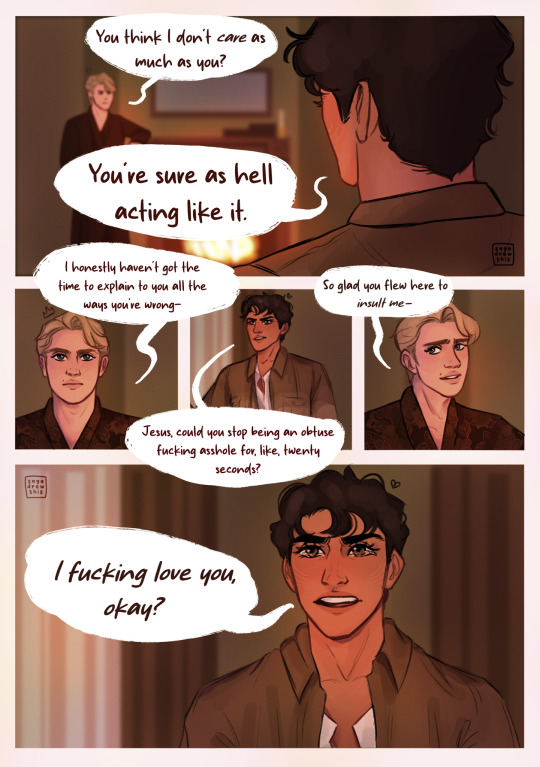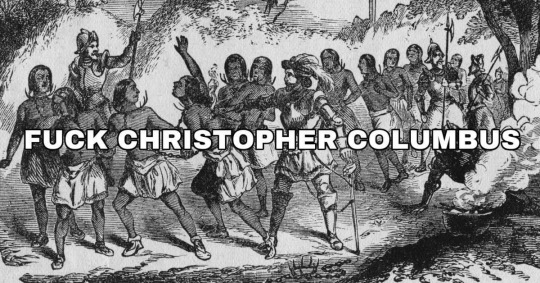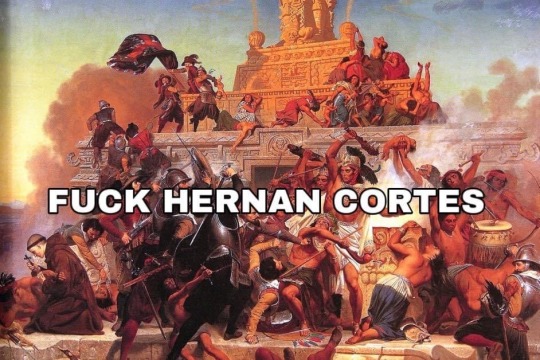🩷💜💙| 27 | using this blog as my daily escape (read, coping) mechanism | it’s not really themed but you can expect some ATLA, young royals, Loki fandom stuff | My crush is Cate Blanchett, I enjoy my regular intake of A24 films, and I require to reblog whatever I please 🧚♀️🪐
Don't wanna be here? Send us removal request.
Text

ho ho holy shit it’s december first (1st)

271K notes
·
View notes
Photo










Slutt å Meld Meg fredag 25.11.16, 18:26
302 notes
·
View notes
Text





Red, White & Royal Blue (2023) dir. Matthew López
384 notes
·
View notes
Text

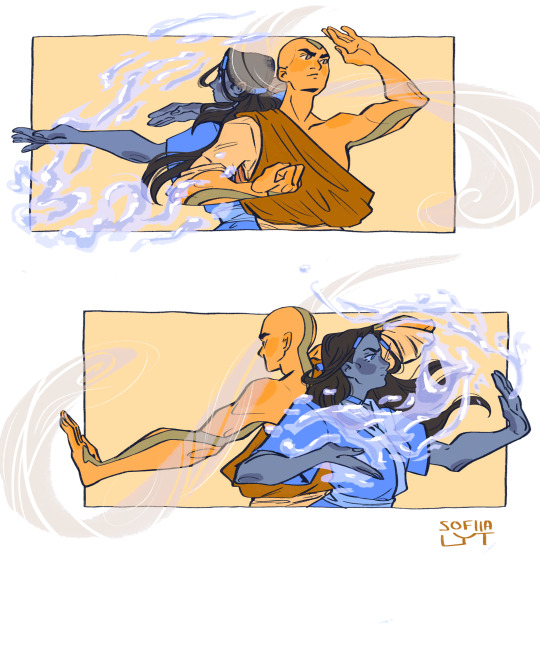
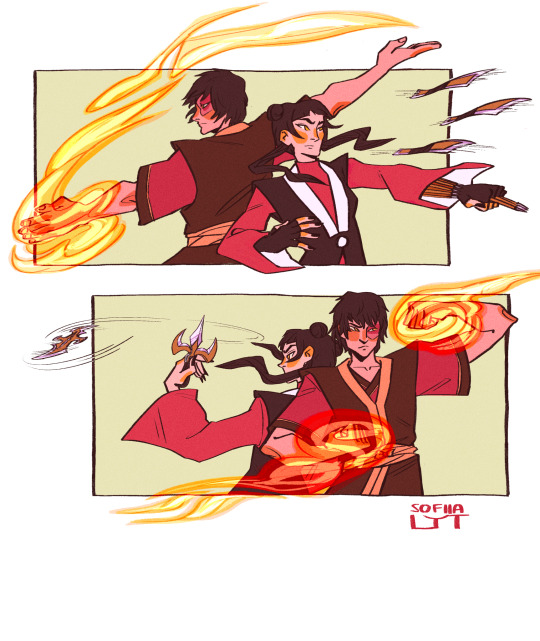
the last but no the least alta power couple, completing the series ~
love them all 💚💙🧡
4K notes
·
View notes
Text
at least they keep falling in love in every universe on ao3
12K notes
·
View notes
Text

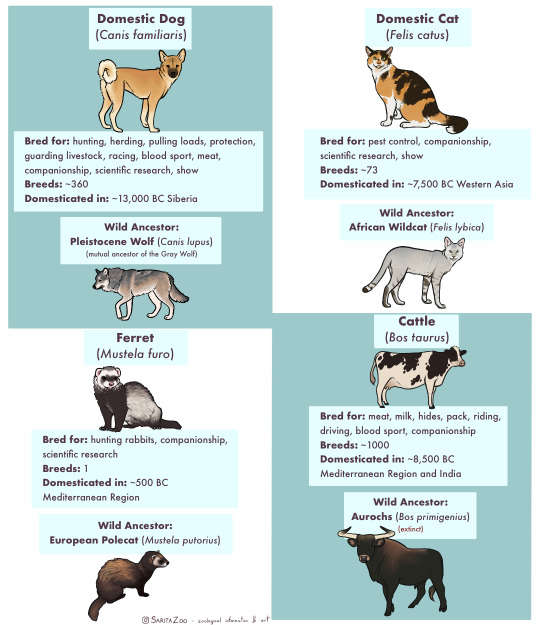


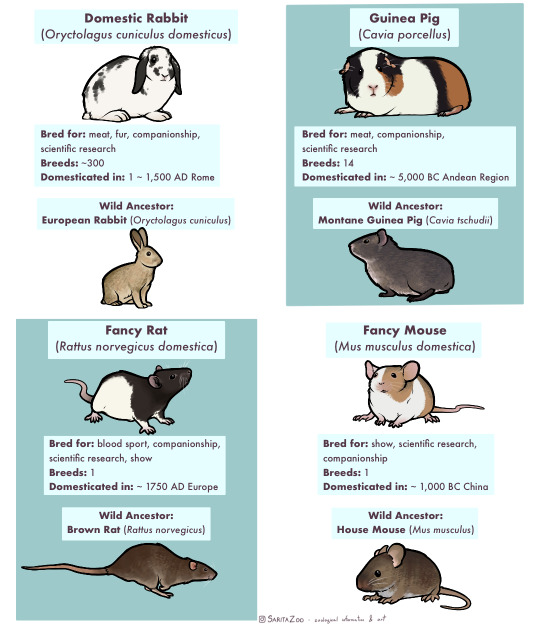
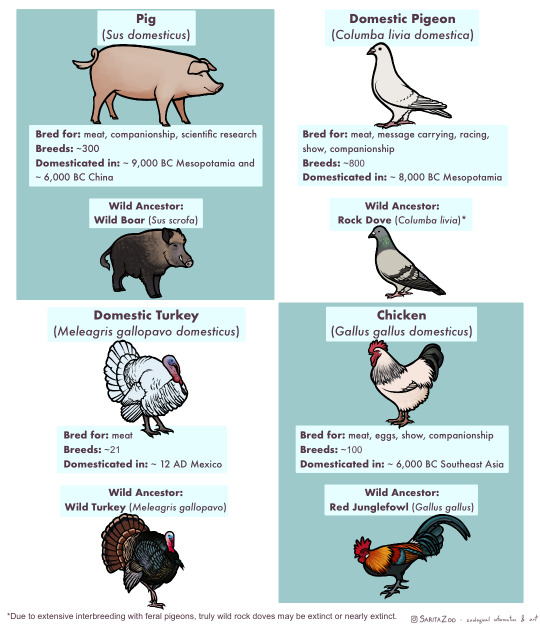
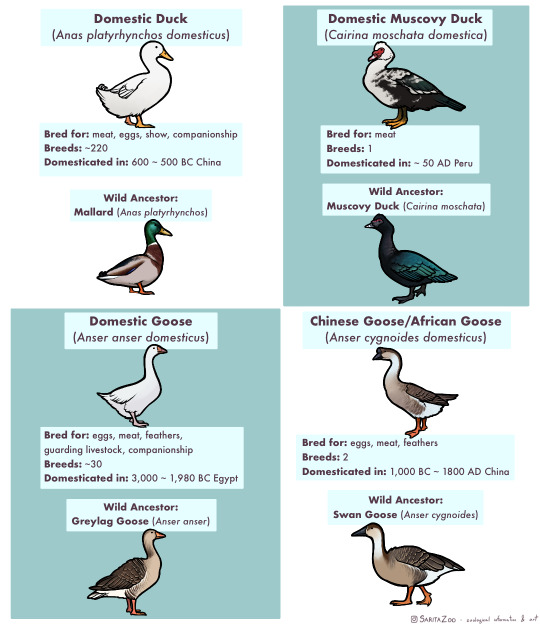
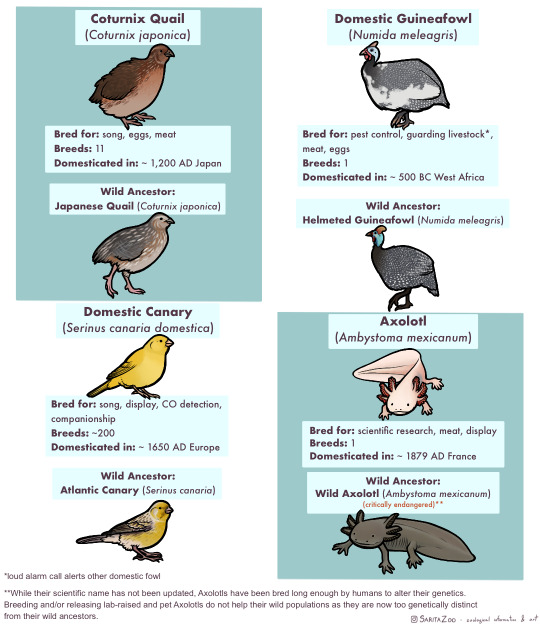
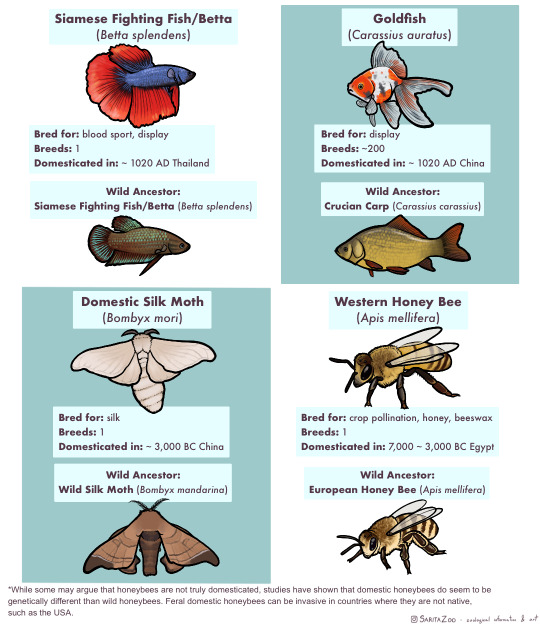

Phew. This one took, uh… a bit longer than expected due to other projects both irl and art-wise, but it’s finally here. The long-awaited domestic animal infographic! Unfortunately, I didn’t have enough space to cover every single domestic animal (I’m so sorry, reindeer and koi, my beloveds) but I tried to include as many of the “major ones” as possible.
I made this chart in response to a lot of the misunderstandings I hear concerning domestic animals, so I hope it’s helpful!
Further information I didn’t have any room to add or expand on:
🐈 “Breed” and “species” are not synonyms! Breeds are specific to domesticated animals. A Bengal Tiger is a species of tiger. A Siamese is a breed of domestic cat.
🐀 Different colors are also not what makes a breed. A breed is determined by having genetics that are unique to that breed. So a “bluenose pitbull” is not a different breed from a “rednose pitbull”, but an American Pitbull Terrier is a different breed from an American Bully! Animals that have been domesticated for longer tend to have more seperate breeds as these differing genetics have had time to develop.
🐕 It takes hundreds of generations for an animal to become domesticated. While the “domesticated fox experiment” had interesting results, there were not enough generations involved for the foxes to become truly domesticated and their differences from wild foxes were more due to epigenetics (heritable traits that do not change the DNA sequence but rather activate or deactivate parts of it; owed to the specific circumstances of its parents’ behavior and environment.)
🐎 Wild animals that are raised in human care are not domesticated, but they can be considered “tamed.” This means that they still have all their wild instincts, but are less inclined to attack or be frightened of humans. A wild animal that lives in the wild but near human settlements and is less afraid of humans is considered “habituated.” Tamed and habituated animals are not any less dangerous than wild animals, and should still be treated with the same respect. Foxes, otters, raccoons, servals, caracals, bush babies, opossums, owls, monkeys, alligators, and other wild animals can be tamed or habituated, but they have not undergone hundreds of generations of domestication, so they are not domesticated animals.
🐄 Also, as seen above, these animals have all been domesticated for a reason, be it food, transport, pest control, or otherwise, at a time when less practical options existed. There is no benefit to domesticating other species in the modern day, so if you’ve got a hankering for keeping a wild animal as a pet, instead try to find the domestic equivalent of that wild animal! There are several dog breeds that look and behave like wolves or foxes, pigeons and chickens can make great pet birds and have hundreds of colorful fancy breeds, rats can be just as intelligent and social as a small monkey (and less expensive and dangerous to boot,) and ferrets are pretty darn close to minks and otters! There’s no need to keep a wolf in a house when our ancestors have already spent 20,000+ years to make them house-compatible.
🐖 This was stated in the infographic, but I feel like I must again reiterate that domestic animals do not belong in the wild, and often become invasive when feral. Their genetics have been specifically altered in such a way that they depend on humans for optimal health. We are their habitat. This is why you only really see feral pigeons in cities, and feral cats around settlements. They are specifically adapted to live with humans, so they stay even when unwanted. However, this does not mean they should live in a way that doesn’t put their health and comfort as a top priority! If we are their world, it is our duty to make it as good as possible. Please research any pet you get before bringing them home!
33K notes
·
View notes
Note
I love your are so much ! I wonder what mai would look like with your style tho

I love Mai-Mai 🖤
273 notes
·
View notes
Photo
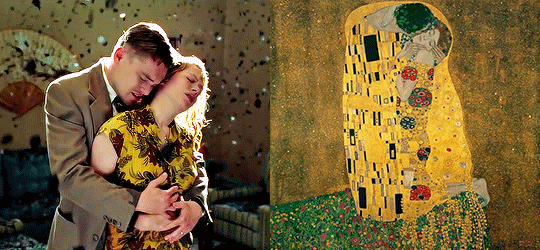



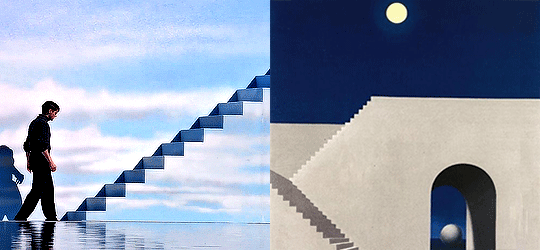
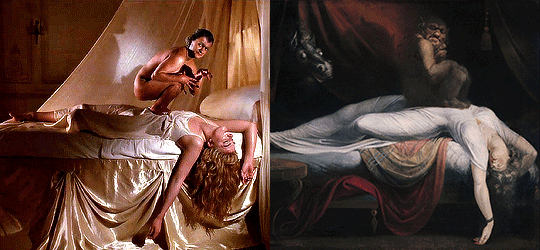



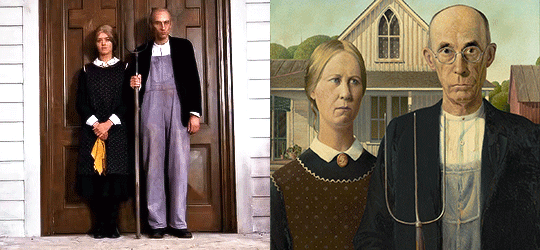
MOVIES VS PAINTINGS, Part III.
Shutter Island, Martin Scorsese vs The Kiss, Gustav Klimt.
Midsommar, Ari Aster vs Head of a Bacchante, Annie Louisa Swynnerton.
Shirley: Visions of Reality, Gustav Deutsch vs New York Movie, Edward Hopper.
Us, Jordan Peele vs Not to Be Reproduced, René Magritte.
The Truman Show, Peter Weir vs Architecture Au Clair De Lune, René Magritte.
Gothic, Ken Russell vs The Nightmare, Henry Fuseli.
Mad Max: Fury Road, George Miller vs Los Elefantes, Salvador Dalí.
Frozen, Jennifer Lee & Chris Buck vs The Swing, Jean-Honoré Fragonard.
The Neon Demon, Nicolas Winding Refn vs Gard Blue, James Turrell.
The Rocky Horror Picture Show, Jim Sharman vs American Gothic, Grant Wood.
8K notes
·
View notes
Text
Everyone say thank you american indigenous people for cultivating corn, potatoes, peppers, tomatoes, cacao, pumpkin, squash, and anything i missed. Makes life more meaningful globally
114K notes
·
View notes
Text
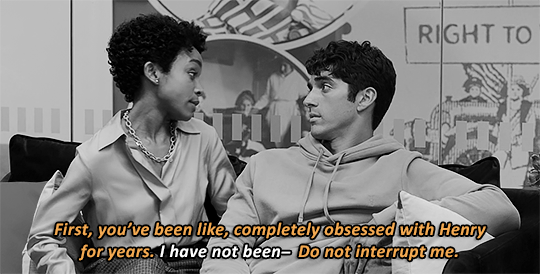



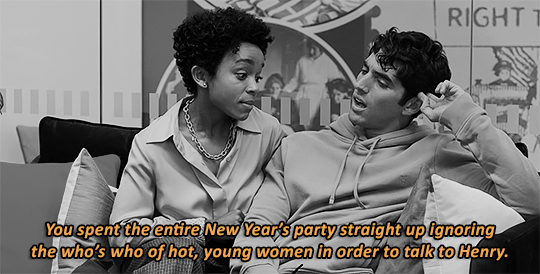

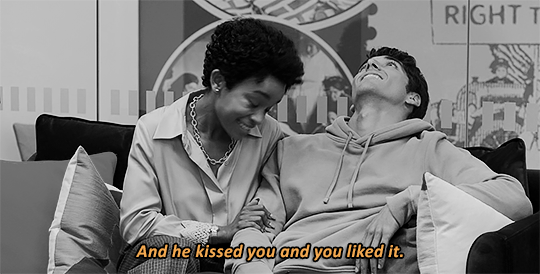

So, objectively, what do you think that means?
2K notes
·
View notes
Text

Elderflower tea and orange blossom honey 🍯 🌼
12K notes
·
View notes

